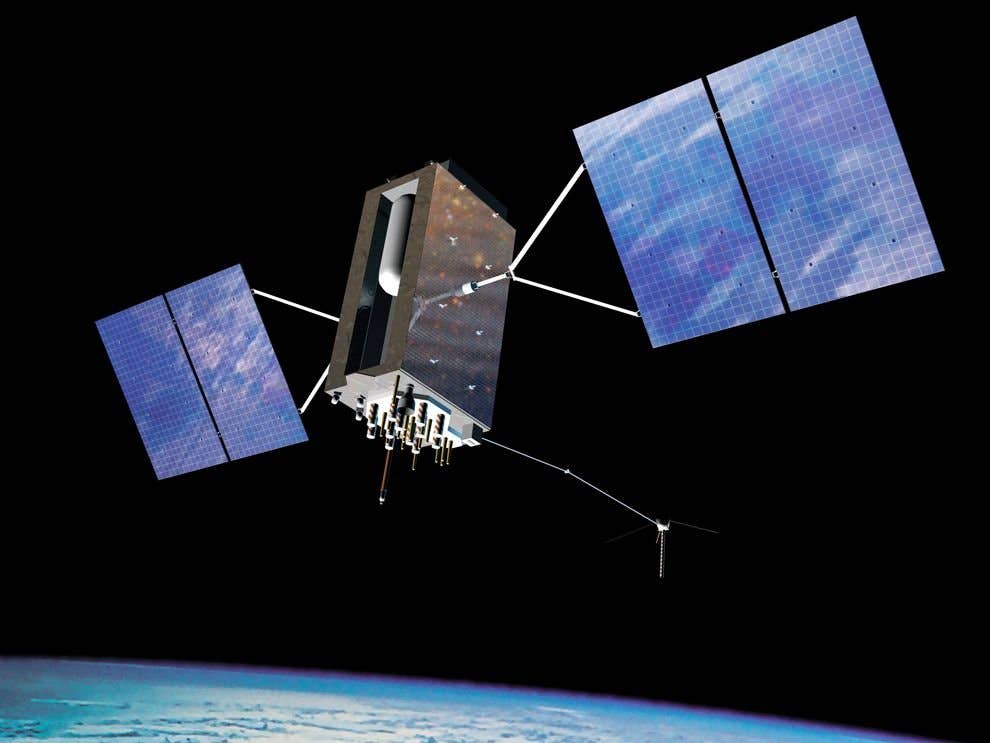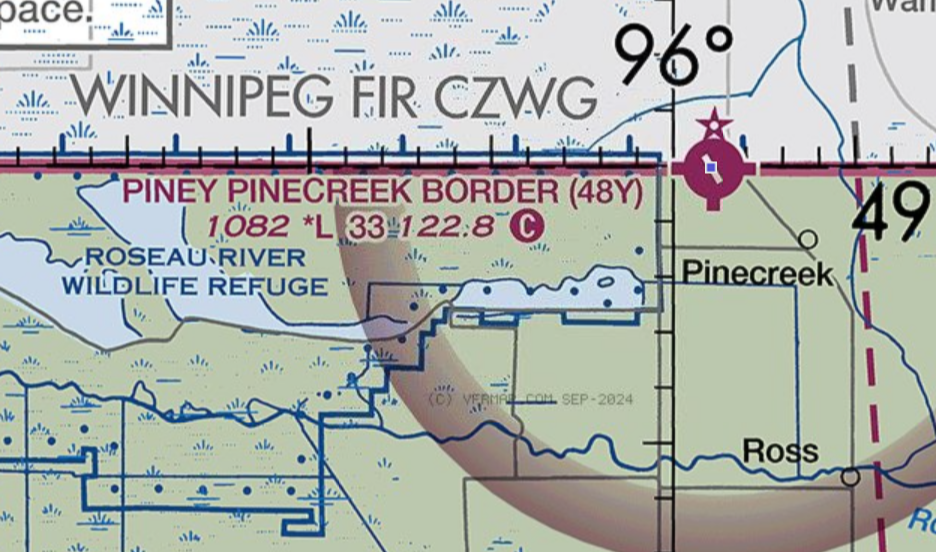GPS Jamming: Major Threat To Drones
As drones multiply, as they are expected to do, incidents of GPS (or GNSS) jamming and spoofing are expected to rise in concert during the next decade. That poses not just a threat of loss of the vehicles, but also to nearby aircraft and unaware people on the ground, according to Jeremy Bennington of Spirent, a company that specializes in jamming and spoofing defense. Bennington spoke at the AUVSI XPONENTIAL Expo in Denver this week and sketched a threat thats not yet emergent, but will escalate enough to require drone manufacturers to harden their aircraft against interference.

As drones multiply, as they are expected to do, incidents of GPS (or GNSS) jamming and spoofing are expected to rise in concert during the next decade. That poses not just a threat of loss of the vehicles, but also to nearby aircraft and unaware people on the ground, according to Jeremy Bennington of Spirent, a company that specializes in jamming and spoofing defense. Bennington spoke at the AUVSI XPONENTIAL Expo in Denver this week and sketched a threat that's not yet emergent, but will escalate enough to require drone manufacturers to harden their aircraft against interference.
Bennington said more than 150,000 incidents of jamming or spoofing have been recorded, affecting aircraft, ships and ground vehicles. And it's not a hard thing to do. "If you want jam GPS, get your credit card out. It's really rather easily done," he told a group of XPONENTIAL attendees. The event is organized by the Association of Unmanned Vehicle Systems International and although dominated by aircraft systems, land and marine vehicles are also represented. And all of them have been jammed or spoofed.
In one incident in Hanover, Germany, Bennington said, a GPS emulator being used for maintenance disrupted inbound aircraft navigation and actually electronically moved the runway threshold. It took authorities hours to find the source. NASA's ASRS has recorded more than 100 incidents of interference, some serious enough to cause aircraft to lose position data. While jamming splatters the signal, spoofing actually fools the GNSS receiver into believing it's somewhere else. In one well-known incident in the Mediterranean Sea, more than 20 ships were spoofed into believing their positions were miles away from their true location.
Drones are beginning to use a method called sensor fusion—cross checking position with radar, lidar or inertial systems—to defeat spoofing, but these systems add cost and weight. Bennington says the industry will have to respond sooner than later. "We will see the impact as more drones enter service," he said.






